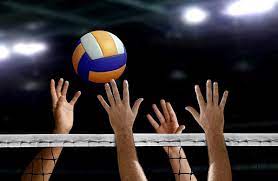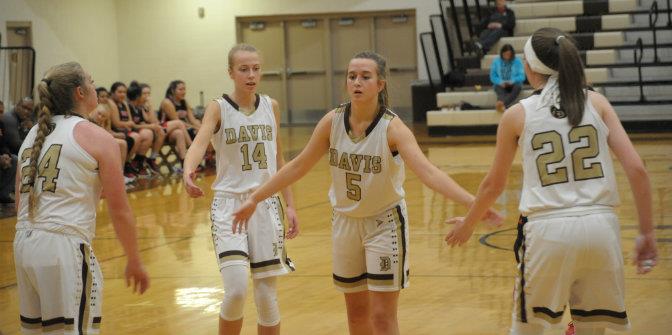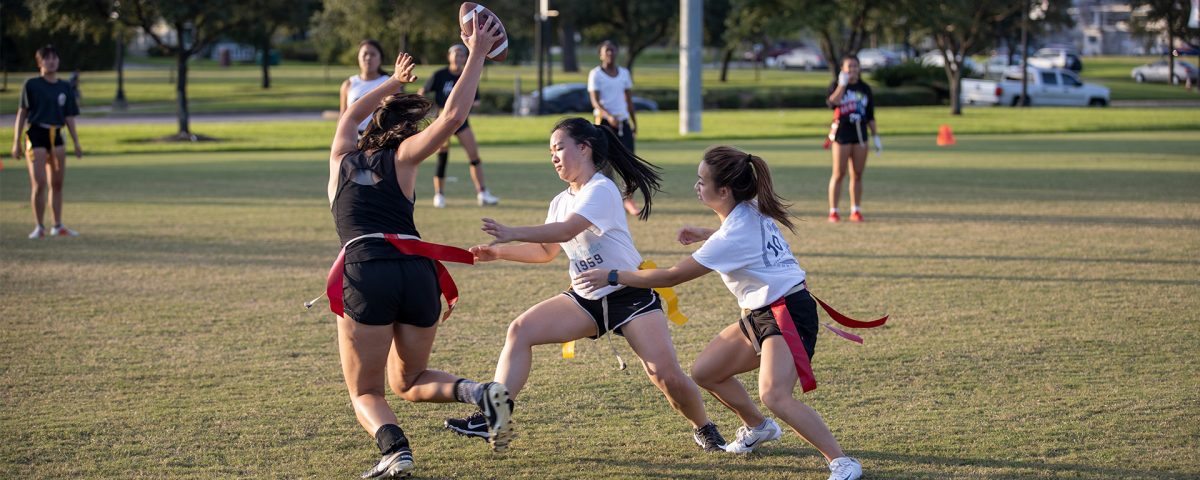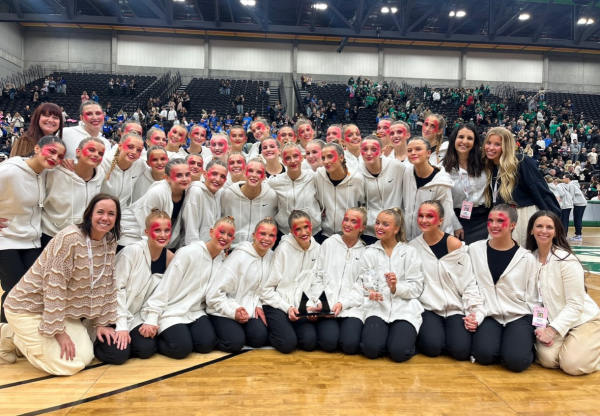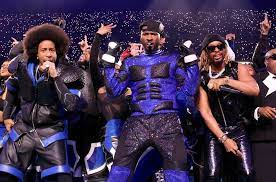Being a “Smart Kid”
High School or Glue Factory?
More stories from Alison Gee
Straight A’s, a high SRI, and the endless praise of your teachers. Not every student at Davis High wants these things, but we can all agree that it would be nice to have them.
Academic success is increasingly stressed in the lives of American teenagers. Some people thrive in school, and some don’t. Students have been taught this lesson since we were six and started coming to school. But it’s becoming more and more apparent that being a “smart kid” can be extremely harmful.
When kids start reading in first grade, some of them find it naturally easy. The same goes for the subjects of math, science, and simple social skills. Other kids struggle to grasp the concepts. That’s normal– human beings are each unique and possess certain talents. But the students that are good at math and reading are praised over and over again for being so smart. That word comes up a lot, along with talented, special, and gifted. They’re placed in special programs, such as SEM.
As it turns out, this can be detrimental. All the stress is placed on them being naturally smart. They didn’t need to work or even try very hard to learn the skills they’re being praised for. Soon, the kids have inflated, childlike egos and no idea how to work. So in the future, when they come across something they’re not immediately perfect at, they get easily frustrated and upset with themselves. Eventually mental fences are built around entire subjects.
One writer compared “Smart Kid” brains to horses. Horses are made for running, with muscled bodies and long legs. However, horse legs break very easily. Their lungs can start to bleed if they run too fast. If they sleep in the wrong position, their bodies can start to collapse. Horses are made for running, but only in very specific conditions. And if one variable changes… they die.
Our school system takes kids with a natural affinity for certain core subjects and trains them for academic success, but as soon as the kids are faced with even a minor challenge, they have to relearn how to do everything. Several kids at Davis who were known as gifted students when they were young mentioned that studying is extremely hard for them. These students can suffer from heavy fear of failure.
One student, Jackson Ridges, commented boldly:
“Gifted programs are everything that’s wrong with our education system. When you pamper me and I get accustomed to not doing any work, then I’m damaged.”
So, the gifted students suffer from the programs built for them. What about the rest of us? What about the “Normal Kids”? Being told that you’re average or even below average is obviously not a confidence building experience. Gifted programs cause needless segregation among students. Usually, one group or the other ends up getting bullied. “Smart Kids” stare down their noses at the rest of the students, and they get bullied for being nerds, when really we’re all just kids. We’re all good at something, just like we’re all bad at something.
Some students suggested that instead of separating advanced students from the rest of their peers, we allow them to take special classes after school. That way they can learn more if they want, but essentially remain part of the group.
Experts are also encouraging parents and teachers to stop calling kids “smart” and to start praising things like hard work and grit. In most cases, a good work ethic is more important to success than natural talent.
Hope isn’t lost for gifted students. Hard work is something that can be learned by anyone. The necessity of hard work has the ability to bring us all back to the same level, where the only way up is through perseverance.
The good news is that, as the new generation, this is our chance to protect our kids from the same mistakes made by the teachers that raised us. Try to avoid calling younger kids “gifted” and start stressing the benefits of a good work ethic. The power to make a difference rests with us, Davis. So don’t waste it.
image credit: Times Higher Education




